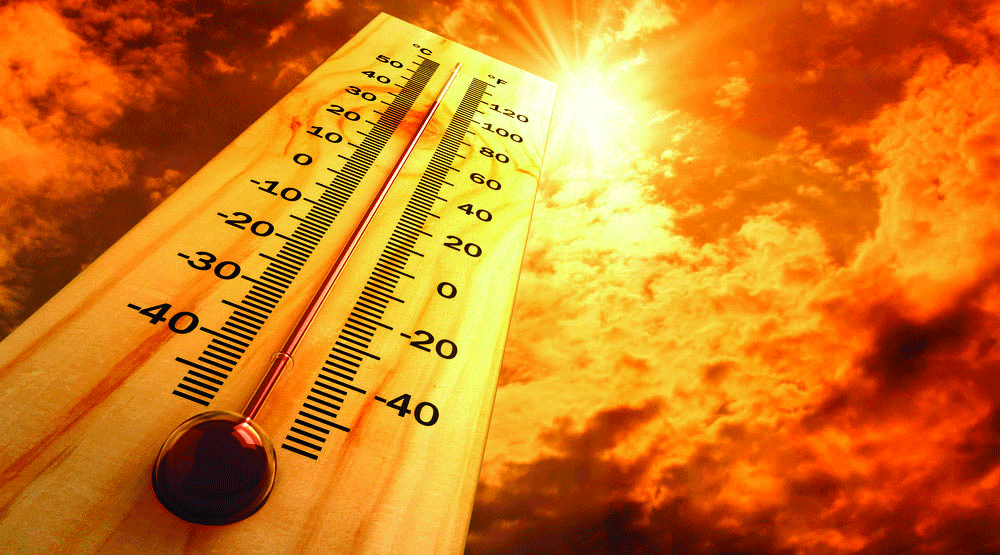One billion to face life threat if global temperature rises
International Desk: One billion people could be facing deadly levels of heat stress if global warming reaches 2C above pre-industrial levels, new research study has found.
The research was conducted by an international team of scientists in the EU-funded Helix project, and led by the University of Exeter. UK’s Meteorological Office, on behalf of the British government, was responsible for analysing where the most severe impacts would overlap, reports the Independent.
Heat stress is a dangerous combination of heat and humidity, that is determined through a wet bulb globe temperature (a measurement that takes into account temperature, humidity, wind speed and solar radiation) of above 32C. Those impacted by heat stress can experience heat exhaustion, with symptoms of heavy sweating, rapid pulse, and potentially additional strain on the heart and other organs. Those with pre-existing conditions and the elderly are at the greatest risk, as well as physical labourers who work outside.
“This new combined analysis shows the urgency of limiting global warming to well below 2C,” Professor Richard Betts, who led the study, said.
“The higher the level of warming, the more severe and widespread the risks to people’s lives, but it is still possible to avoid these higher risks if we act now,” he added.
Currently, 68 million people around the world are affected by heat stress. But a group of academics and scientists estimate that under a 2C scenario the number of people living under conditions of heat stress could increase 15-fold. (
“Currently the (heat stress) metric is met in several locations, such as parts of India, but our analysis shows that with a rise of 4C, extreme heat risk could affect people in large swathes of most of the world’s continents,” said Dr Andy Hartley, UK’s Met Office’s climate impacts lead.
Under these runaway global warming conditions, the research also found that roughly half of the world’s population would be living with heat stress.
The new analysis developed heat stress maps that project these future impacts of climate change under the two different scenarios, while also examining the impacts of river flooding, wildlife risk, drought and food insecurity.
“Of course, severe climate change will drive many impacts, and our maps show that some regions will be affected by multiple factors. Perhaps unsurprisingly, parts of the tropics are most affected with countries like Brazil and Ethiopia potentially facing impacts from four of the hazards. Rapid emission reductions are required if we are to avoid worst consequences of unmitigated climate change,” said Dr Andy Wiltshire, the head of earthy system and mitigation science at UK’s Met Office.
Rare Israeli airstrike in Beirut kills Hezbollah commander and more than a dozen others
International Desk: Israel launched a rare airstrike that killed a senior Hezbollah milita…








